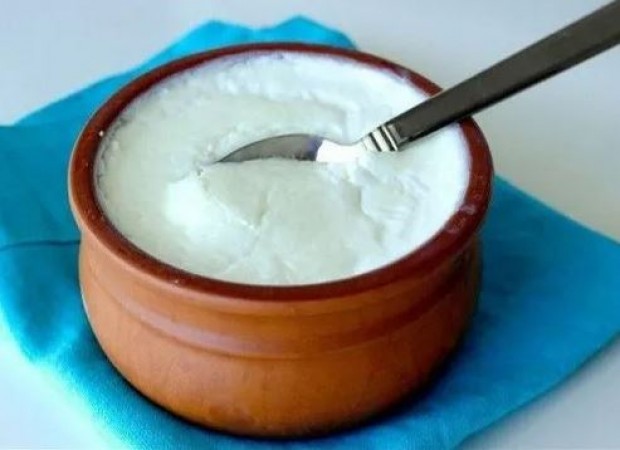
During summers, people often prefer including items in their diet that not only provide relief from the heat but also keep their stomach cool. One such staple is yogurt, which is used to make refreshing beverages like buttermilk, yogurt dips like raita, and drinks like lassi. While store-bought yogurt might be convenient, frequent purchases can strain the budget. To address this, many homemakers opt to set yogurt at home. However, achieving the perfect consistency and taste akin to store-bought yogurt can be challenging. Let’s explore some easy kitchen tips to ensure you get creamy, tight-set yogurt at home without any fuss.
Choose the Right Container According to the Season:
It’s essential to select the appropriate container for setting yogurt, depending on the prevailing weather. During summers, earthen pots are preferred for setting yogurt as they provide a conducive environment for fermentation. Conversely, stainless steel containers are more suitable for winters as they help retain warmth, aiding in the fermentation process.
Consistency of the Starter Determines the Consistency of Yogurt:
The texture and taste of yogurt heavily rely on the consistency of the starter used for fermentation. If the starter is thin, the resulting yogurt will also be thin. For those aiming for thick, creamy yogurt akin to store-bought varieties, it's imperative to ensure that the starter yogurt used is equally thick.
Optimal Milk Temperature:
Many people overlook the importance of milk temperature when preparing yogurt. Using milk that is either too hot or too cold can adversely affect the setting process, resulting in runny yogurt. It’s crucial to heat the milk to just the right temperature – warm enough to encourage fermentation but not too hot to kill the live cultures. Aim for lukewarm milk for best results.
Avoid Disturbing the Yogurt While Setting:
Once the yogurt is mixed with the starter culture and placed in the container for setting, it’s essential to avoid disturbing it unnecessarily. Constant stirring or movement can disrupt the fermentation process, leading to uneven setting or a watery consistency. Simply cover the container and place it in a quiet corner of the kitchen where it won’t be disturbed.
Maintain Consistent Temperature:
Consistent temperature is key to successful yogurt fermentation. Fluctuations in temperature can disrupt the process and result in undesirable outcomes. Ensure that the container is kept in a warm, draft-free spot throughout the setting period. Avoid placing it near windows or vents where temperature fluctuations are common.
Duration of Fermentation:
The duration for which yogurt is left to ferment plays a crucial role in its texture and taste. While it’s tempting to check on the yogurt frequently, it’s best to exercise patience and allow it to ferment undisturbed for the recommended duration. Typically, yogurt takes around 6 to 8 hours to set properly, but this can vary depending on factors like ambient temperature and the potency of the starter culture.
Refrigeration After Setting:
Once the yogurt is set to your desired consistency, it’s essential to refrigerate it promptly. Refrigeration not only halts the fermentation process but also helps in firming up the yogurt further. Allow the yogurt to chill in the refrigerator for a few hours before consuming for the best taste and texture.
By following these simple tips, you can ensure that your homemade yogurt turns out just as creamy and delicious as the store-bought varieties, while also saving on costs and enjoying the satisfaction of preparing it yourself. So, roll up your sleeves, grab your ingredients, and embark on your journey to homemade yogurt perfection!
No Tobacco Day 2024: Beware of Long-Term Effects of Smoking
No Matter How Hungry You Are, Do Not Eat THESE Foods
THESE 10 Things To Do Before You Sleep for a Healthy Lifestyle